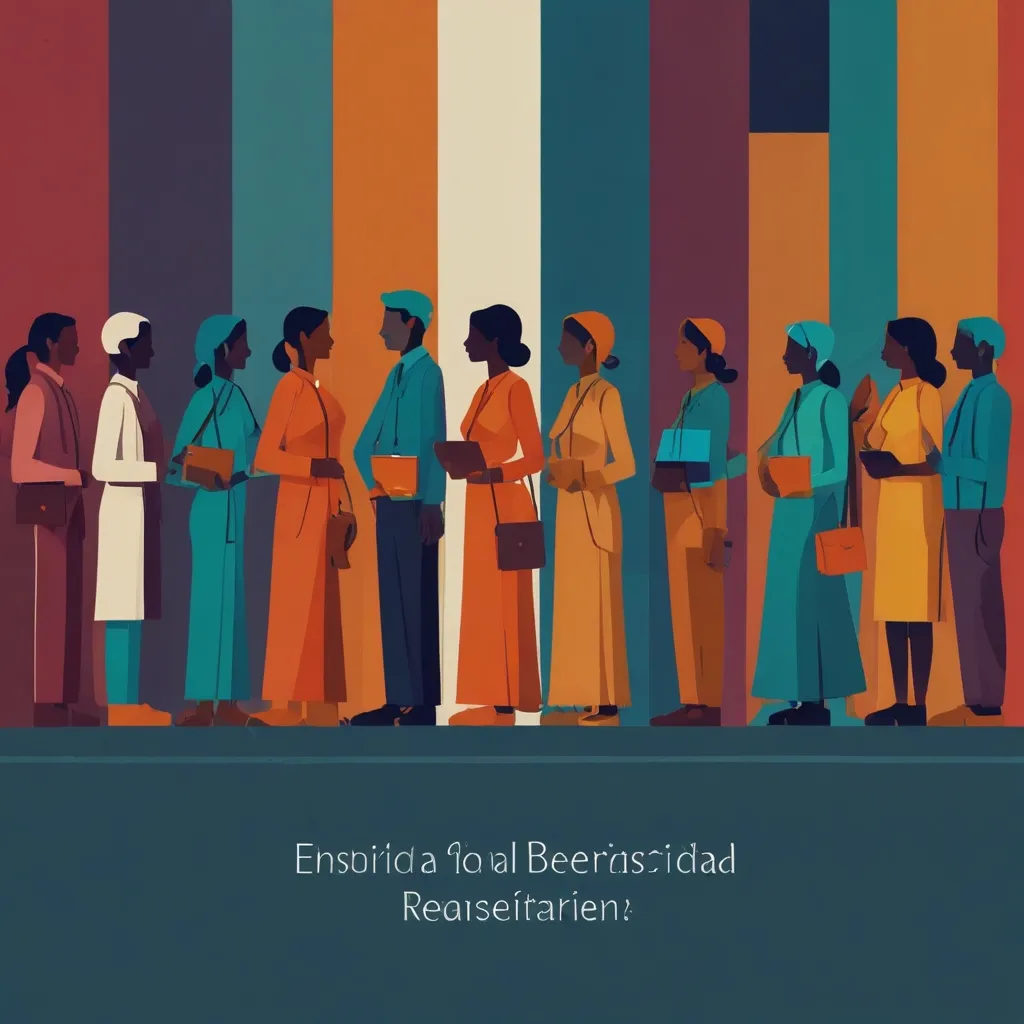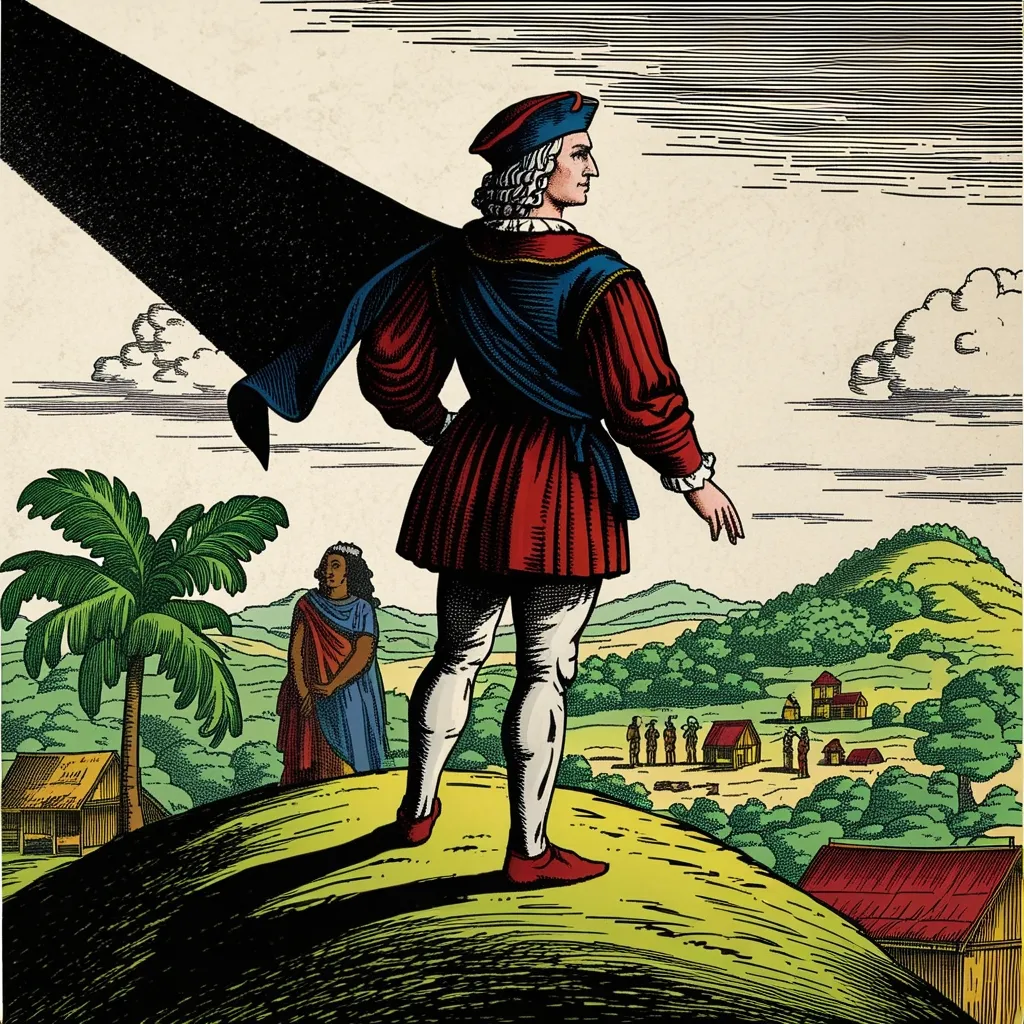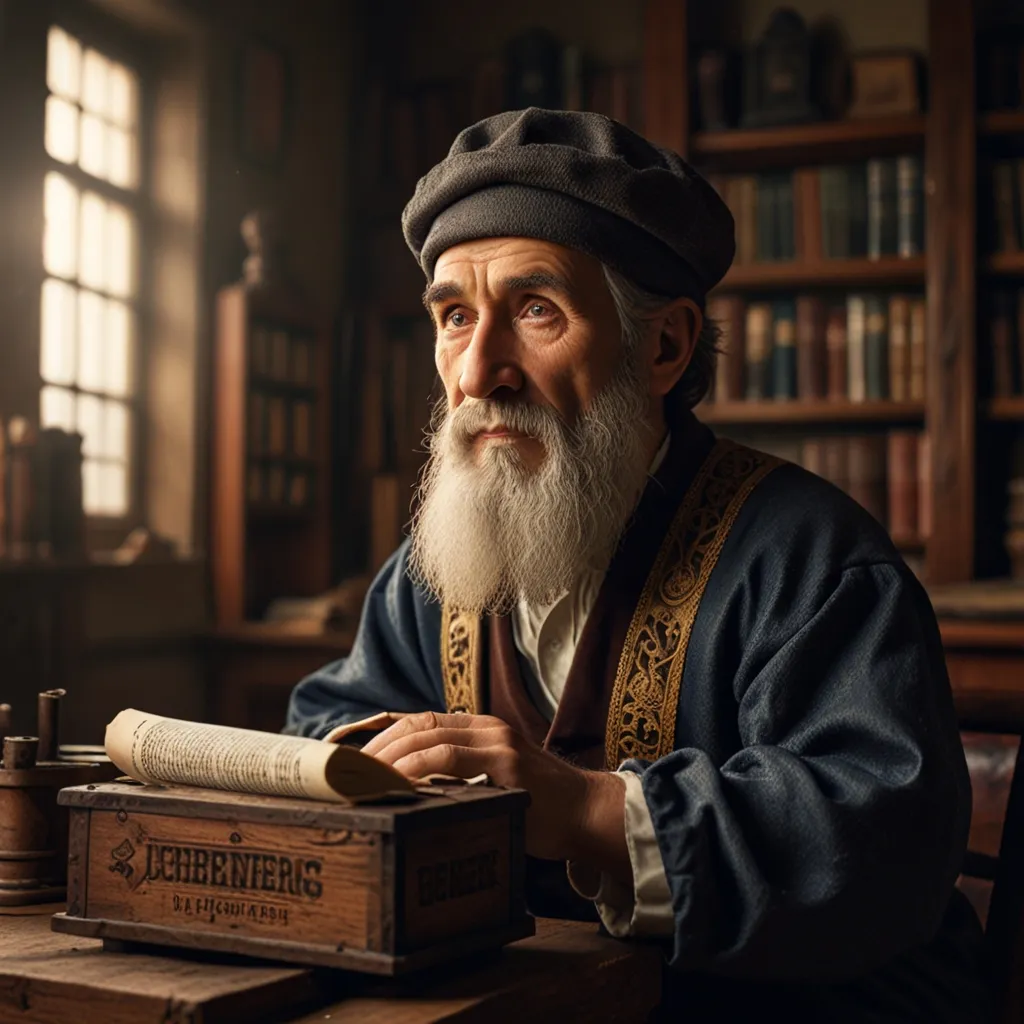In India, the reservation system is a pretty intricate setup meant to give a fair shot to groups that have been historically left behind. It’s all about balancing social scales and offering opportunities where they’re lacking. This idea goes way back and is woven deeply into India’s social and political scene, aiming at tackling some old-school inequalities.
When India drafted its Constitution back in 1950, a lot of thought was given to this system. The big names behind it, like Dr. B.R. Ambedkar, were firm believers in not just political democracy but social democracy too. They saw the need for some strong steps to pull up the social and educationally backward sections of the society.
Reservations in India touch upon three main areas: political, educational, and employment. Politically, seats are reserved in legislative bodies for Scheduled Castes (SC) and Scheduled Tribes (ST). In education, a chunk of seats in schools and colleges is kept aside for these groups. And for jobs, the government ensures a percentage of positions are reserved for them too.
Political reservations are the most noticeable. Look at the Lok Sabha or state assemblies, and you’ll find reserved seats for SC and ST members. These are reviewed every ten years to see if they still make sense. The Panchayat system at the village level also reserves seats for women and SC/ST communities, which gives them a say in local decisions.
In education, reservations are crucial. They open doors to colleges and institutions that might otherwise be out of reach for students from disadvantaged backgrounds. Central institutions reserve up to 22.5% of their seats for SC and ST students and another 27% for Other Backward Classes (OBC). This helps level the playing field in education.
When it comes to jobs, the Constitution has got it covered. Articles 15(4) and 16(4) lay out the framework for job reservations, ensuring these groups are not left out of government employment. There’s also a newer category, the Economically Weaker Sections (EWS), which aims to address disparities that aren’t caste-based but are economic.
The impact of reservations is a mixed bag. On the plus side, they’ve opened up governance, education, and jobs to marginalized communities. On the flip side, they’ve been criticized for fostering caste-based politics and possibly hampering meritocracy. Critics argue it might affect efficiency in administration, though the Supreme Court stands by the need for reservations to achieve true equality.
Gender reservations are another piece of the puzzle. The Women’s Reservation Bill, which proposes reserving a third of the seats in legislative bodies for women, has sparked a lot of debate. Some states already have gender reservations at local governance levels, but the bill at a national level is still in limbo. Gender reservations aim at empowering women and ensuring their voices in politics.
Different states in India approach reservations differently. Some have higher percentages for women and particular communities. For instance, Kerala has a 55% reservation for women in local bodies, showing how diverse and varied the application can be across regions.
As India evolves, so does the reservation system. The debates about how to best define backwardness, the extent of reservations needed, and their impact on merit and efficiency are ongoing. Despite these challenges, reservations are still a fundamental part of Indian politics, striving to correct historical wrongs and promote equality. As the country grows, finding the right balance between affirmative action and merit will be key. The reservation system remains a significant element in India’s quest for social justice and equality.






